Following installation of the scenery, my first impressions were that a very accurate representation of this extensive airport had been achieved. All the main elements and facilities, which have been designed with G-max, had been very well included. These comprised, along the Northern segment of the field, the extensive cargo complex and apron at the Northwest segment adjacent to runway 07L, the Lufthansa Technik and SN Brussels hangars further East, and the military hangars and apron at the Eastern end adjacent to runway 25R, providing facilities for the Belgian air force and NATO. In the centre of the field between the 2 “parallel” runways is situated the extensive DHL cargo complex and apron with adjacent general aviation terminal at the Western extremity, and the two lengthy main terminal piers A (North) and B (South), each equipped with a multitude of docking arms, and connected to the modern main terminal itself. Then just South of the main terminal building still stood, as in real life, the old, quite massive and worn-looking former main terminal building — this is very accurately rendered according to the present situation with the dominating former control tower present (still in some degree of use I think), and one of the original two piers represented, the other of which was demolished a couple of years ago. The remaining pier has a satellite with docking arms at the further end. At the Southwest portion of this central complex are the two main and massive airliner hangars. Behind the main terminal building stood the Sheraton Airport hotel and several high-rise car parks. Finally, to the East of runway 02/20 stood the massive tower complex and just to the South, another Brussels Airlines hangar/training centre (still bearing Sabena titles) and fuel farm. So all the pieces of the jigsaw were present and correct — how did these look as regards appearance and detail?
Much of the airport infrastructure has been completed in high-quality custom textures, which are very close to the real thing. The most detailed finish is applied to the newest structure, pier A. Not only is the building accurately finished on the exterior, but the huge glass surface area is also rendered transparent and you can slew inside to appreciate the detail that has been added there including passenger gates and seating, passenger walkways, signs, billboards, and a few static passengers. There are over 30 static but detailed docking arms (emblazoned with “Exxon Mobil” titles) each with docking guidance systems. All the parking stands have realistic apron surface textures with red-lined docking arm operation area, taxi guidelines and stop points, parking spot numbering, and oil staining of concrete surfaces. There is a modest representation of static and dynamic objects, including tow trucks, general service vehicles, buses, air stairs and parking cones. A little South is Pier B (at which Aer Lingus and the various UK airlines serving Brussels dock) — this has been finished without internal detailing but is nevertheless done to the same good external appearance as Pier A, including its 23 docking arms and apron texturing effects. Further south again, the old main terminal and pier look realistic and representative of an era when airport terminal construction and finish reflected tighter and more austere times. It would have been nice however, if the control tower here were transparent and that the Radome situated over were rotating. The 9 docking arms on the satellite building (reminiscent of pier B at Dublin) are there in nice detail but without any docking guidance systems, which was probably the case when they were operational.
Behind the old and new main terminal buildings there is a fair amount of landside detail applied to car parks (multi-storey and with some static 3D parked cars), approach roads, the Sheraton hotel, signs, billboards and trees. However, the main effect of the additional detail in this aspect of the scenery is to customise land class — as usual best appreciated in Ctrl_S top-down view. From that viewpoint you can appreciate that the land class changes are pretty well limited to the general limits of the airfield itself and some closely adjacent land. That being said, the ground texturing applied to the wider field, including grass meadows, land adjacent to various ground facilities, and some of the airport approach motorway approaches are very impressive.
Elsewhere in the central complex of the airport, I particularly like the finish applied to the DHL cargo complex area with the several buildings and facilities here having colourful texturing and signage applied. The other facilities in the central complex, including the general aviation buildings and the main hangars are less detailed.
Most of the remaining infrastructure of the airport, along the Northern perimeter, comprising the general cargo area, service hangars for Brussels Airlines, and the military hangars, are all finished to a good degree of custom surface detail but 3D detail on landside is limited. There are also some static and dynamic ground vehicles sited and in operation here, including a small fleet of static yellow DHL road trucks. The last significant piece of infrastructure to mention is the new control tower at the Eastern end of the field — again adequately rendered and with rotating radar atop but transparent windows would have made it look better. However, one of my gripes with the scenery is the small hill sitting adjacent (as in real life) — this, together with two smaller hills next to the fuel farm, look coarse and unrealistic and would have been better left out of the scenery altogether as they have that unfortunate distinctive FS2000 terrain look.


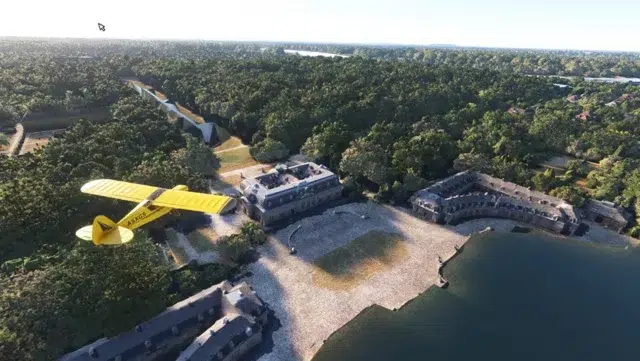

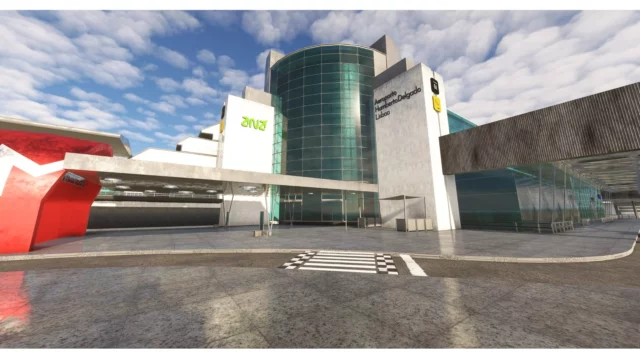
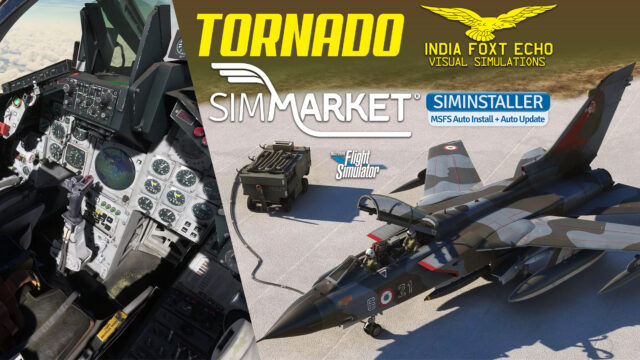
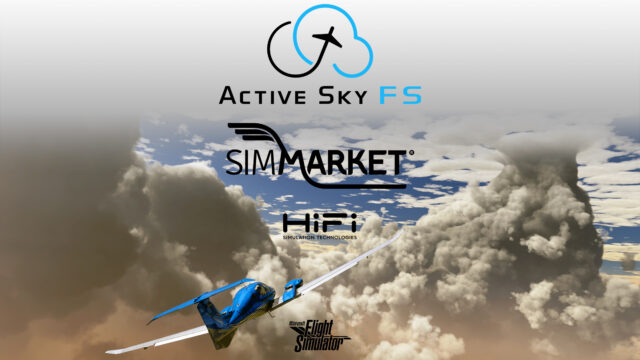
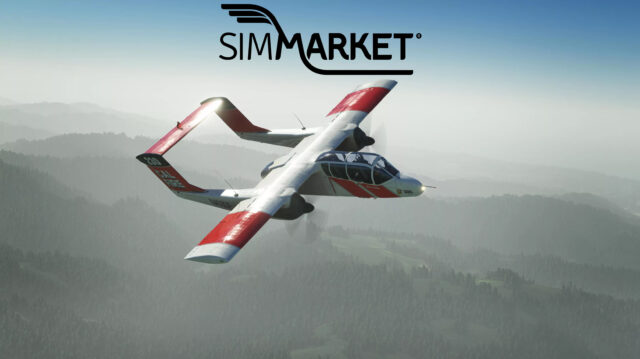
0 Responses
Pity however is that the scenery creates a lot of telephone and electricity poles and billing boards someway NW of Zaventem and ruin therefore the airfield of Grimbergen scenery.